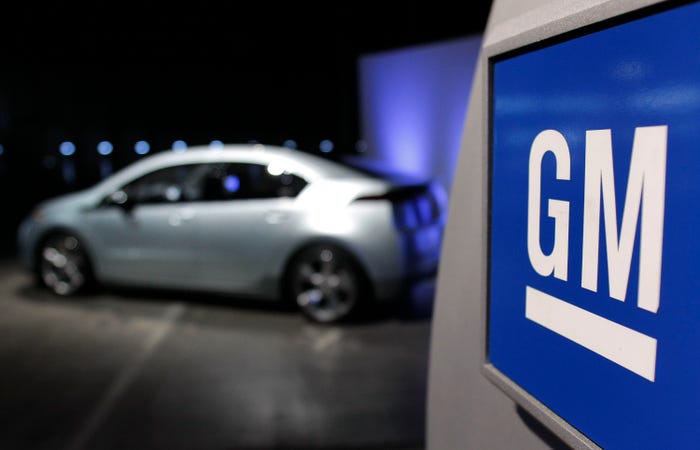Microsoft Sees AI Deployments Accelerating in 2024, AI Summit New YorkMicrosoft Sees AI Deployments Accelerating in 2024, AI Summit New York
The software giant also aims for Azure to be carbon-neutral in 2025

As quickly as generative AI came onto the scene in a year to upend computing platforms, Microsoft believes that 2024 will see even faster acceleration – in new services, deployment and adoption.
Speaking at AI Summit New York, Alysa Taylor, corporate vice president for Azure + Industry at Microsoft, said a lot of organizations grappled with how to use generative AI in 2023. But going forward, she sees them actively deploying use cases as they tap new AI tools and techniques.
“The number one question I get asked is, ‘what are the use cases?’ and then ‘is there any return on this?’,” Taylor said to Jena Howell, vice president of AI and IoT Markets at Informa Tech, the parent division of AI Business.
Spurring adoption will be generative AI’s benefits. Taylor cited an IDC survey of 2,000 global companies that showed 92% of AI deployments happen within a year and the return is 3.5 times for each dollar they spent. Such results will encourage even more experimentation and adoption.
“The year ahead is going to be acceleration,” she said. Companies will focus on “how to get this in production, solving some of the industry’s greatest challenges, getting teams to collaborate in new ways, transforming business processes as well as the way that humans work.”
Microsoft’s Cultural Shift
The software giant itself is pivoting to bring AI “into every aspect of Microsoft Cloud,” she said.
This change does require a cultural shift within Microsoft to ensure employee buy-in of the new technology, Taylor said. Getting employees to try it themselves helps them get comfortable with the AI as they see enhanced productivity. For example, generative AI can be used to summarize PowerPoint slides into bullet points.
Also, Microsoft’s AI assistants, which it calls Copilots, actually help train professionals faster whether in cybersecurity or customer service, she said.
But wider and faster adoption also means addressing the thorny questions of generative AI’s risks: hallucinations, bias, copyright issues, privacy and security.
To that end, Taylor said Microsoft has long had responsible AI principles that focus on inclusion, transparency, privacy and security. When it comes to generative AI, she said Microsoft not only began offering protection against copyright lawsuits for corporate customers that use its Copilots, but also extended it to Azure customers.
“Any customer that is loving either using our Copilot solutions or building their own, they are protected under this copyright commitment,” Taylor said. “That is a very big deal.”
Also, Microsoft has released Azure Content Safety, which is a service that lets companies, as they are training their models, detect for bias and have the right guardrails. The company has opened up this service for open source models as well as an API endpoint. “So you can use it whether using proprietary Microsoft services or the open source models,” she explained.
Carbon-Neutral in 13 Months
Taylor also said that Azure aims to be carbon-neutral by 2025, which is essentially 13 months away. Data centers are responsible for between 1% and 5% of greenhouse gas emissions as they are big users of energy and water that powers and cools servers, storage and networking equipment.
She said Microsoft has one of the largest climate innovation funds and it is working to adopt things such as smart grid technology, liquid cooling for its data centers and also implement a technology that takes carbon out of the environment.
“There are all these different things that are in play in sustainability, whether it is in the data itself and how we power and run and manage the data center, to actually how do you reduce the global carbon footprint and (adopting) some of the technologies that are incredible innovations,” Taylor said.
Microsoft is also doing such things as demand planning and shaping to ensure it is accessing the “greenest” power available, Taylor added. “So it’s a fairly multifaceted, pretty complex but a really exciting way to look across and think about … every aspect of sustainability.”
About the Author
You May Also Like
.png?width=100&auto=webp&quality=80&disable=upscale)
.png?width=400&auto=webp&quality=80&disable=upscale)






